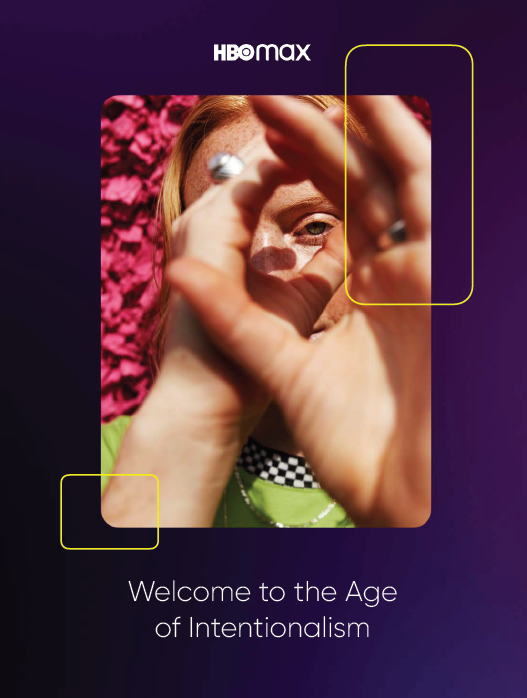Now Selling Ads, HBO Max Seeks Attention for Intention
Marketers have to give back and entertain
HBO was proudly ad free for decades. Now in the streaming era, HBO Max has an ad-supported tier and has come out with research that tells advertisers how its viewers are different and how best to appeal to them.
The folks at WarnerMedia ad sales have come up with the notion of “intentionality” to describe what drives post-Pandemic viewers.
Also Read: WarnerMedia Completes Upfront With Record Ad Commitments
“As the world starts to pick up speed again, consumers are turning off their pre-pandemic autopilot tendencies and turning up intentionality. They are rethinking the essentials in their lives and making decisions of all sizes with increased intention — including how they use their time, where they spend their money, and even what, where, and why they stream,” said the HBO Max report entitled “Welcome to the Age of Intentionalism."

In a survey taken by WarnerMedia, 59% of respondents agreed with the statement “I am more thoughtful about how I spend my time since the pandemic.”
Entertainment was one activity people want to spend time on now, and WarnerMedia states that HBO Max is one of those place people intend to go to be entertained.
“In the golden age of streaming, consumers face a more complex paradox of choice — one that couples the exhaustion from excessive content with the desire to be intentional about what they watch. At HBO Max, we understand the relentless decision fatigue that consumers endure. Our unique heritage in both storytelling and technology enables us to understand the consumer and provide for their ever-changing needs. We meet their intention to stream content with our intention to captivate,” the report said.
The smarter way to stay on top of broadcasting and cable industry. Sign up below
Also Read: Domestic HBO Max and HBO Subscribers Hit 47 Million
Brands also have to behave differently to appeal to these new-age consumers.
“In the wake of intentionalism, brands must embrace a generous, regenerative approach to marketing — giving back more than they take from consumers,” the report said.
That means that instead of grabbing consumer attention from consumers, they must reward consumers with something of value to build connections. That could mean providing more content or making a commitment to a social cause.
The report said consumers want ad experiences that reflect the tone and context of the entertainment being consumed. Basically they want brands to be entertainers, informers, activists and listeners, rather than old-fashioned Mad Men.
They also want advertisers to take less of their time. That can be accomplished with short ads, ads that feel relevant and binge ads that reward them for viewing with fewer commercials.
There is a payoff for going down this road. The survey found that 83% of streaming viewers say they were inspired by a show or a movie on a streaming service to shops.
Among the categories they were most inspired to shop were food and beverage, home decor, fashion, tech, travel, beauty, toys and autos.
“Brands need to be as entertaining as the content consumers love. Consumers are looking to brands to fuel their fandoms, empower their main character energy, and inspire their next big purchase. Entertainment has always been the driving force of the cultural zeitgeist, but now it’s the ultimate essential,” the report concludes.
WarnerMedia said that in compiling its report, it surveyed 1,000 adults age 13 to 54 across the U.S. For specific themes, it also tapped WarnerMedia’s proprietary panel — code named TBH (To Be Honest) —to understand how 18-37-year-olds are being more thoughtful with their decision-making, particularly around what, where and why they stream.
Jon has been business editor of Broadcasting+Cable since 2010. He focuses on revenue-generating activities, including advertising and distribution, as well as executive intrigue and merger and acquisition activity. Just about any story is fair game, if a dollar sign can make its way into the article. Before B+C, Jon covered the industry for TVWeek, Cable World, Electronic Media, Advertising Age and The New York Post. A native New Yorker, Jon is hiding in plain sight in the suburbs of Chicago.

